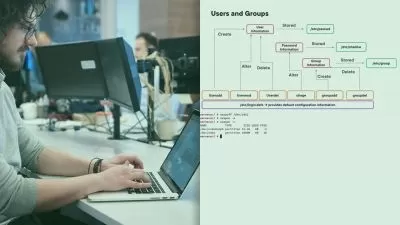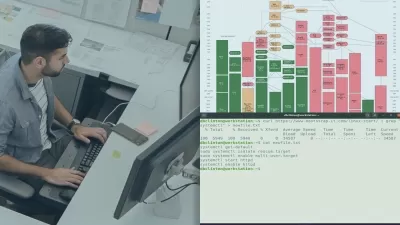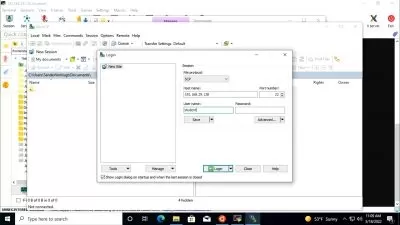Managing SELinux Policies in Enterprise Linux
Andrew Mallett
2:58:26
Description
You want to be able to keep your system secure with SELinux but things just don't work! If this is you then this course will help find your solution. Guiding you through how and why SELinux works you'll learn how to tame this valuable security asset.
What You'll Learn?
Too many times you hear the phrase "disable SELinux", well not anymore. By helping you understand SELinux the need for this will stop. In this course, Managing SELinux Policies in Enterprise Linux, you’ll gain the ability to keep your system secure with SELinux and run services in non-standard configurations. First, you’ll explore the advantages of restricting user access with SELinux. Next, you’ll discover the details of Type Enforcement rules. Finally, you’ll learn how to write and compile your own SELinux modules. When you’re finished with this course, you’ll have the skills and knowledge of SELinux needed to maintain your server estate without the vulnerability of discarding SELinux security.
More details
User Reviews
Rating
Andrew Mallett
Instructor's Courses
Pluralsight
View courses Pluralsight- language english
- Training sessions 37
- duration 2:58:26
- level average
- English subtitles has
- Release Date 2023/02/27













